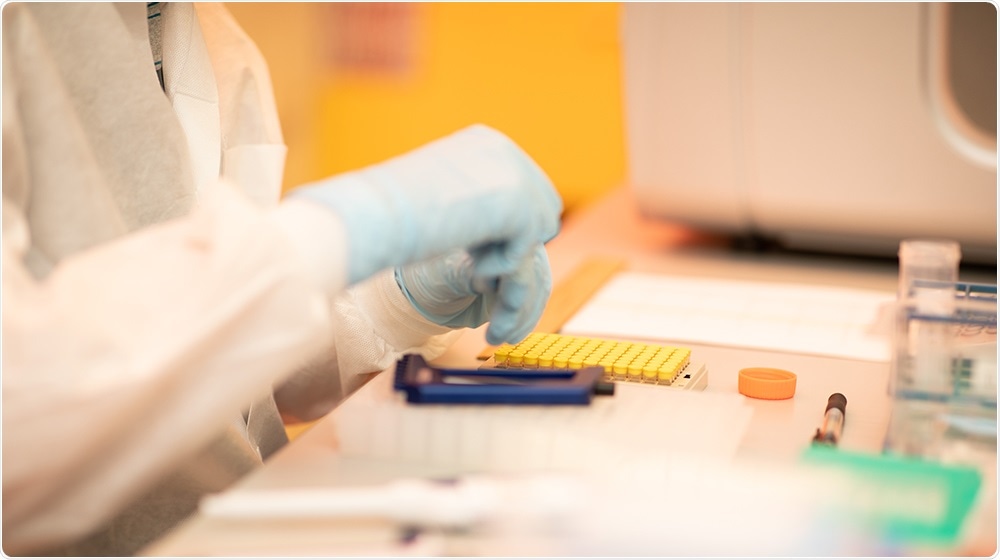A new study by researchers at the University of Minnesota Medical School proposes that disease-driving B cells—a kind of white blood cell—have a role in the development of non-alcoholic fatty liver disease (NAFLD).

Image Credit: University of Minnesota Medical School
In the United States, NAFLD is the most prevalent chronic liver condition. The results of the study could result in targeted treatments for NAFLD, which presently affects one-quarter of the country and lacks any FDA-approved treatments.
Xavier Revelo, Ph.D., senior author of the study and an assistant professor in the Department of Integrative Biology and Physiology, observed that patients with the disease exhibited a large number of inflammatory B cells in their livers. Thus, he started investigating B cells in NAFLD.
This disease is increasing in prevalence with no approved therapies in sight. Despite considerable efforts to better understand this disease, the triggers of inflammation during NAFLD are unclear. Our laboratory investigates those inflammatory triggers to provide potential diagnostic and therapeutic targets for its prevention and treatment.”
Xavier Revelo, Assistant Professor, Department of Integrative Biology and Physiology, University of Minnesota Medical School
This research was headed by Fanta Barrow, a second-year graduate student from the Revelo laboratory at the U of M Medical School, and has been published in the journal Hepatology. Listed below are the key findings of the study:
- People suffering from NAFLD exhibit higher numbers of B cells
- A Western diet—which is identified as high in cholesterol, fat, and carbohydrates like sucrose and fructose—was behind the programming of these pathogen-fighting B cells into disease-promoters
- Variations in the gut microbes led to the activation of these disease-promoting B cells
These findings lay the foundation for the potential targeting of B cells, or pathways involved in their activation, for NAFLD treatment. Further work is needed to study the efficacy, safety and potential side effects of such strategies.”
Xavier Revelo, Assistant Professor, Department of Integrative Biology and Physiology, University of Minnesota Medical School
This study was financially supported by the National Institute of Diabetes and Digestive and Kidney Diseases (DK122056), “Mechanisms of B Cell Pathogenicity in Non-alcoholic Fatty Liver Disease.”
Source:
Journal reference:
Barrow, F., et al. (2020) Microbiota‐Driven Activation of Intrahepatic B Cells Aggravates Nonalcoholic Steatohepatitis through Innate and Adaptive Signaling. Hepatology. doi.org/10.1002/hep.31755.